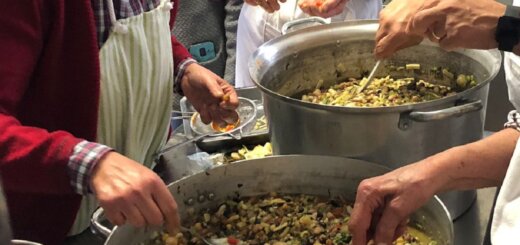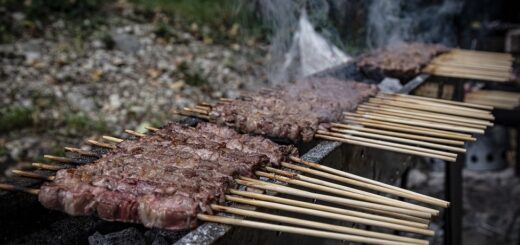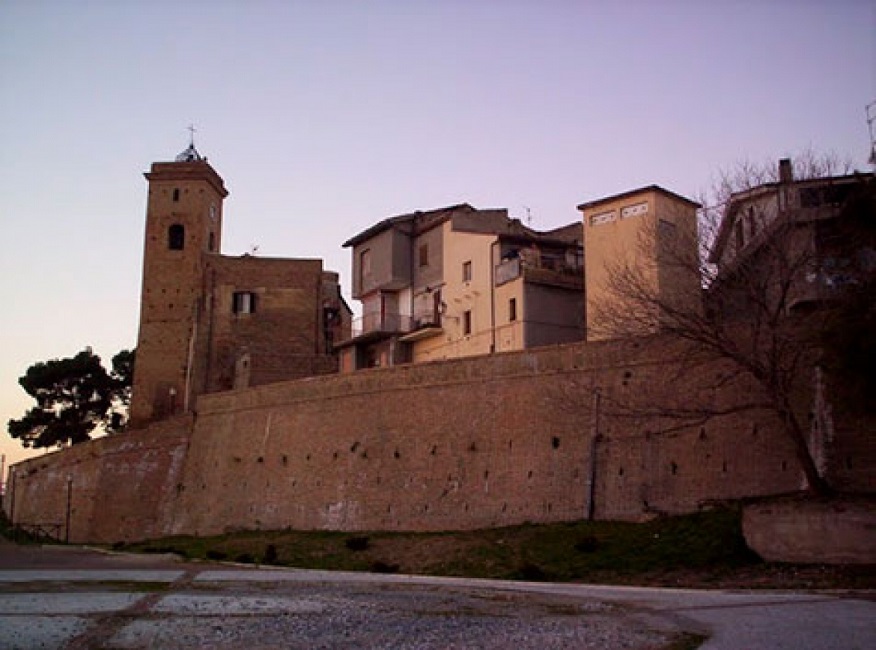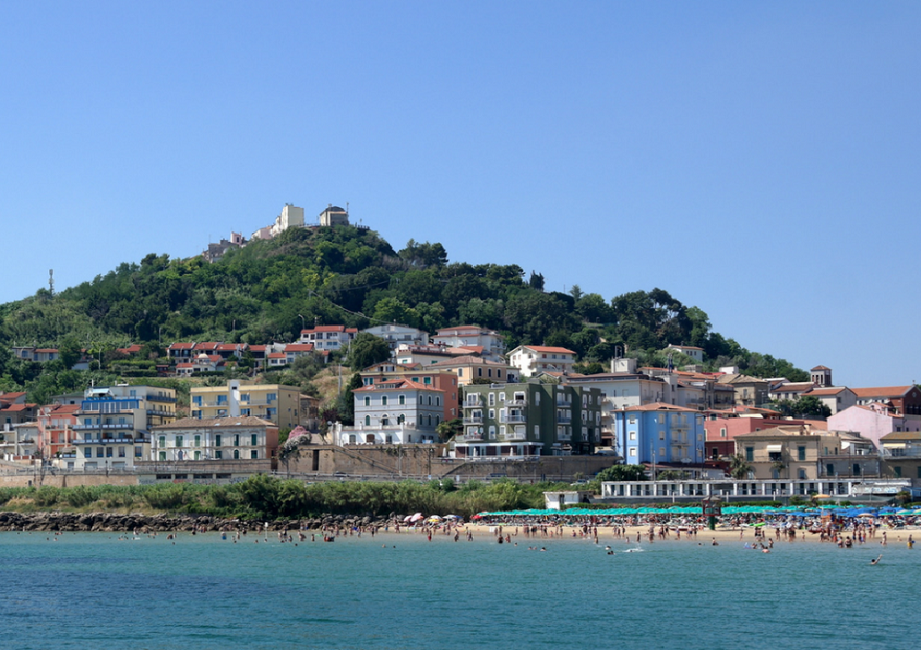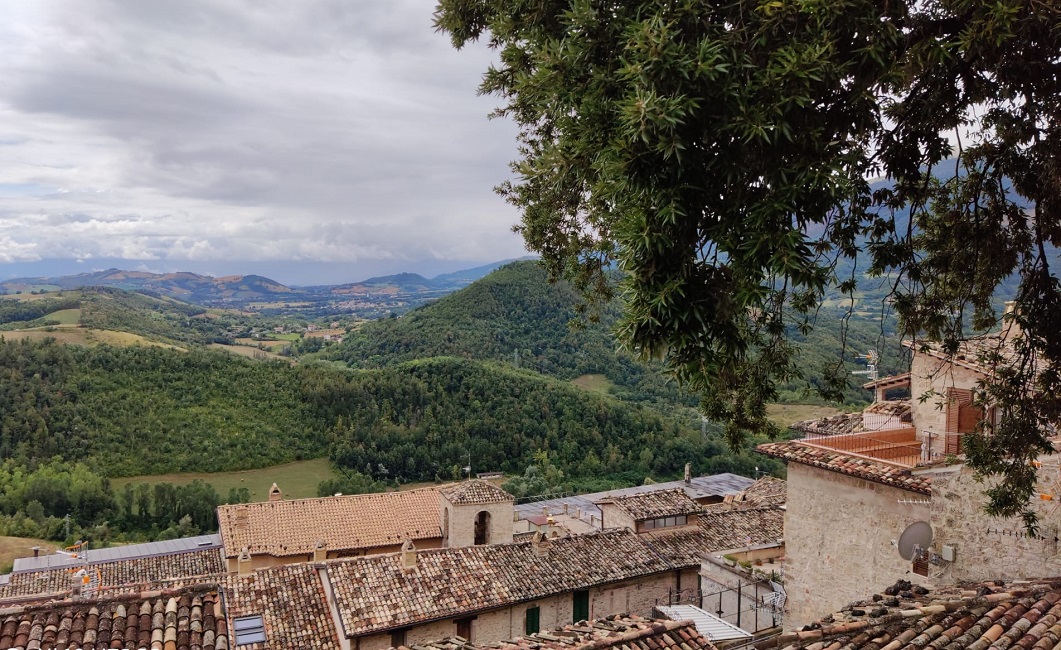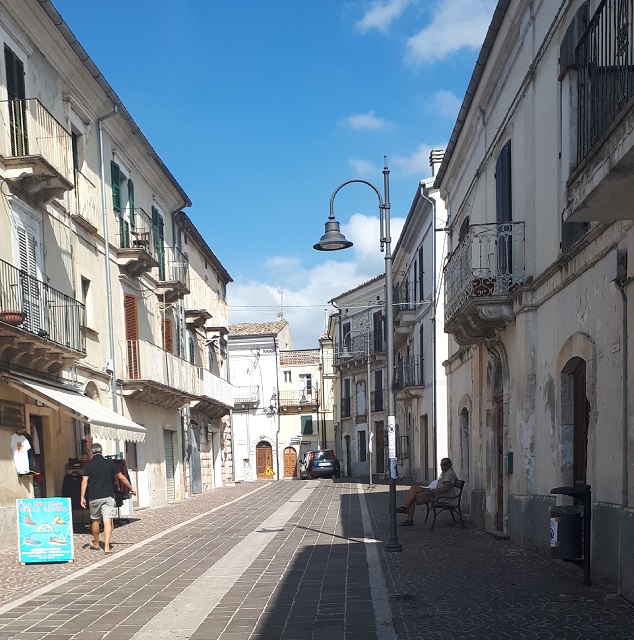Tomato sauce
Hitting the bottle
5am seems sbsurdly early to be starting the day, even at the height of summer. And yet here we are, a little bleary eyed, on our way to do the ‘bottiglie’ – the bottles of tomato sauce which will keep us in good supply over the coming winter.
The venue is the garden of my mother-in-law’s childhood home and much of the work has already been done. A hundred bottles have been gathered and washed in the huge sink in the stone outbuilding. Materials for the fire have been assembled, and crates of tomatoes brought in from the family plot.
We light the fire and fill a huge cauldron (lu callar) with water and place it on a grate over the fire.
A few other women have turned up to help. They are not big women and neither are they young, but their sleeves are rolled up to reveal strong arms. They seem amazingly cheerful on what I think must be the most exhausting day of their year. We’ve only just begun and already it’s mine.
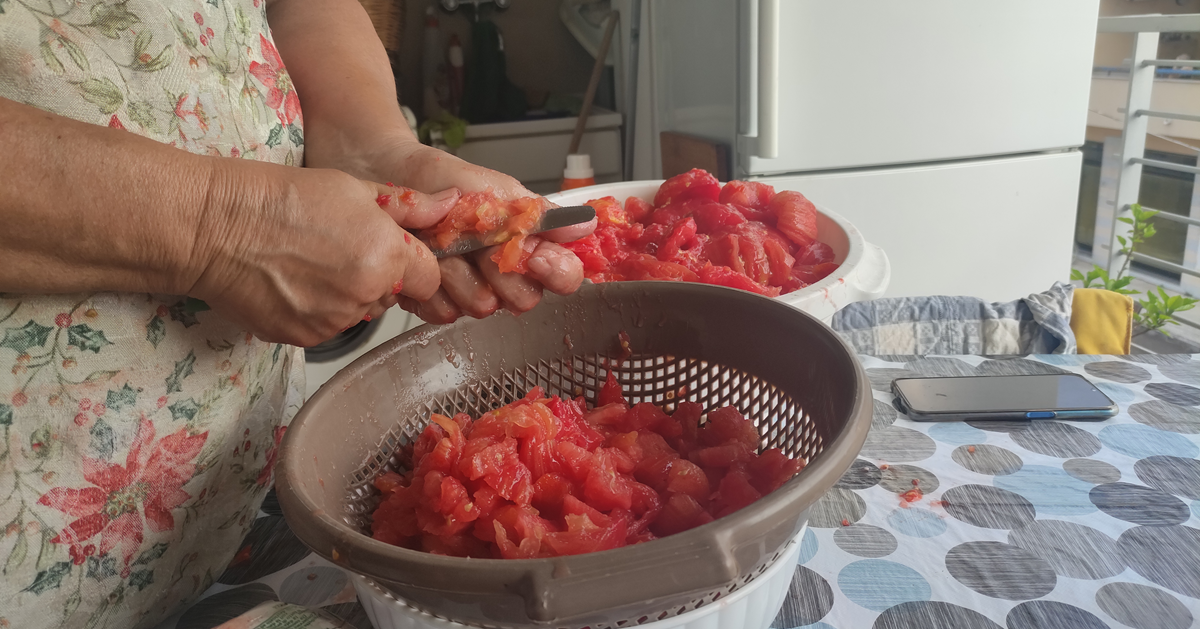
While we wait for the water to boil the women rinse the tomatoes in huge plastic tubs, cutting out any bad bits with a flick of their knives. All the time they gossip. I catch one word in five. They come from the ‘interno’, the Abruzzo hinterland, where dialects are tighter. Every so often they cackle with laughter, which makes me smile, which makes them think I’ve got the joke. They are talking about people they know, tales from the past.
The reason for the early start is soon clear. The heat is oppressive and our faces are soon shiny with perspiration. We need to finish by late morning. I imagine that working over a fire at midday in August is close to my notion of hell. Still, though I am wilting like last week’s lettuce, neither the women’s energy nor their conversation seems to flag.
The bottles and their tops are boiled for several minutes to sterilize them. The tomatoes are then scalded to make it easier to remove their skins and seeds. We do this by hand and it takes up most of the morning. Some of the tomatoes go through a mechanical food mill to make the smoother passato; the rest are roughly chopped and will make polpa, more popular for pizza toppings and other dishes. Both kinds are then pressed into the bottles, which are tightly sealed.
The bottles are placed in the water in the cauldron and rags wound between them to prevent them from knocking together and bursting. Despite the precaution, when the water boils one explodes, releasing a sharp, bitter smell and turning the water red.
Eventually we put out the fire. The bottles are left in the cauldron to cool. Tomorrow we’ll come and store them, and clean away the debris from our work.
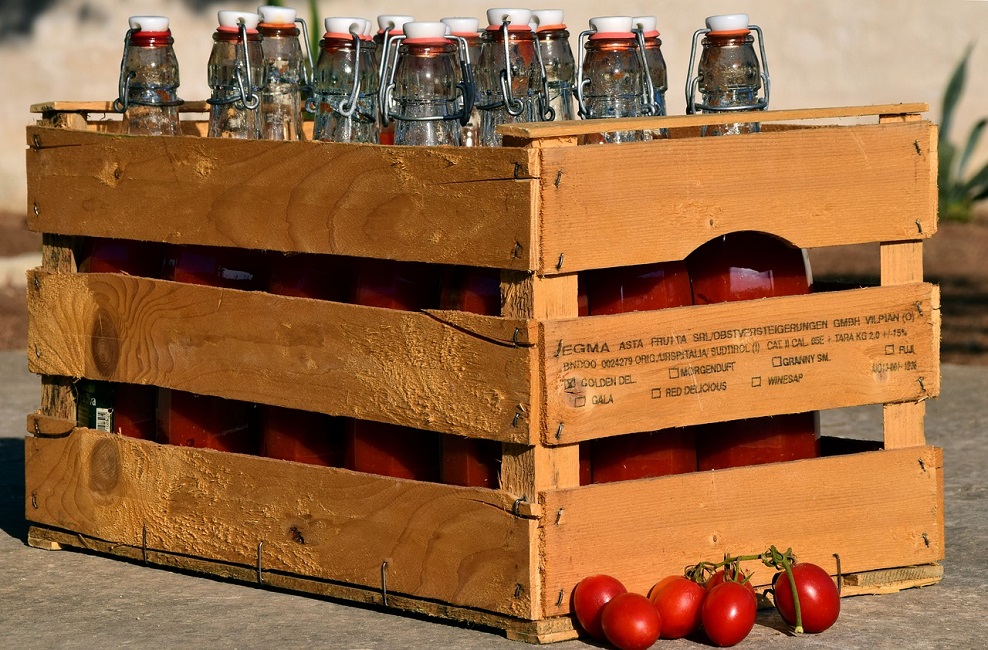
Later, on a supermarket shelf, I find bottles and tins of tomato sauce on sale for less than a euro. It is perfectly good stuff and many Italians will buy it. But of course it is a different product from the one made of home-grown tomatoes that have ripened in the sun and been cooked over a fire in someone’s back yard.
I expect the day will soon come when Italian women will no longer do the bottiglie in August. For now I’m just grateful that, as a reward for a few hours’ work, a few bottles of fresh, fragrant, homemade tomato sauce will be coming my way.



